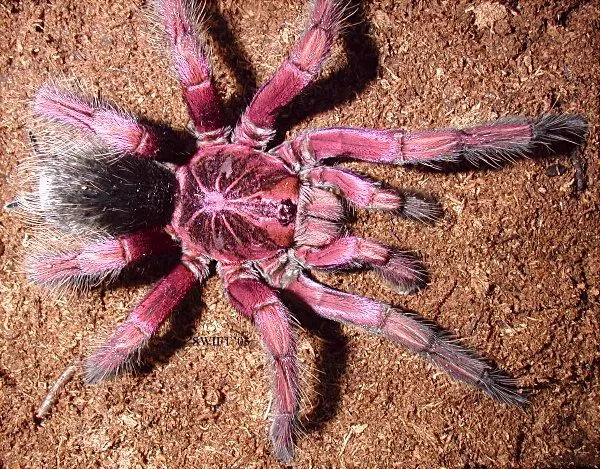Understanding Pink Tarantula Pet Needs
Owning a pink tarantula can be a rewarding experience, but it requires understanding their specific needs. These fascinating creatures are not like typical pets; they require specialized care to thrive. This guide provides the top 5 essential care tips for your pink tarantula, ensuring a healthy and happy life for your eight-legged friend. From habitat setup to feeding, handling, and health, we’ll cover everything you need to know to become a responsible pink tarantula owner. Remember, responsible pet ownership begins with education and a commitment to the animal’s well-being, and pink tarantulas are no different. Understanding their natural behaviors and requirements is the first step to providing excellent care.
Habitat and Enclosure Setup
Creating the right habitat is crucial for a pink tarantula’s well-being. The enclosure should mimic their natural environment as closely as possible. This includes providing a secure, spacious, and appropriately equipped terrarium that allows them to thrive. A well-designed habitat reduces stress, encourages natural behaviors, and makes it easier to observe and care for your tarantula. A poorly set-up enclosure can lead to stress, impacting their health and lifespan, and the overall enjoyment of your pet.
Enclosure Size and Material
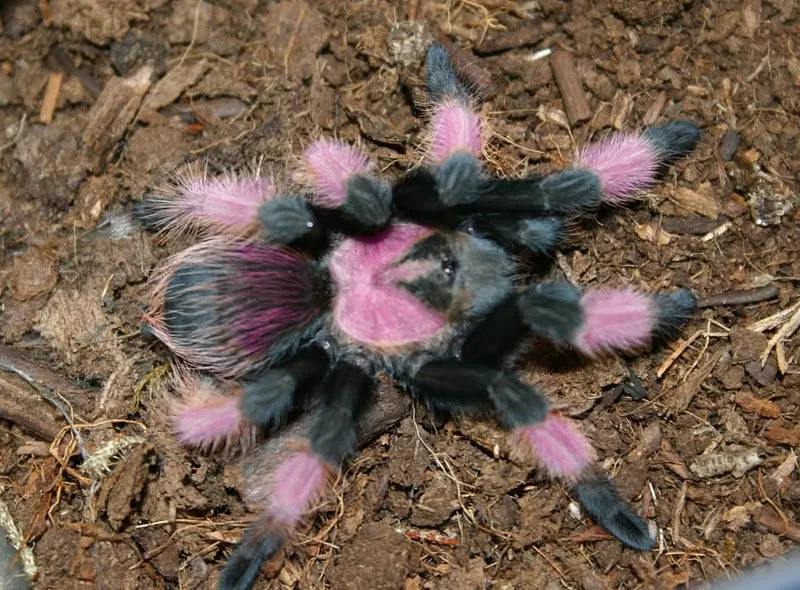
The enclosure size should be proportional to your tarantula’s size. A good rule of thumb is to provide an enclosure that is at least three times the tarantula’s leg span in width. Glass or acrylic terrariums are the best choices, as they offer good visibility and are easy to clean. Ensure the enclosure has a secure, escape-proof lid, as tarantulas are excellent climbers. Adequate ventilation is also essential to prevent the buildup of excess humidity, which can lead to health problems, such as mold growth. A proper enclosure provides the foundation for a happy, healthy tarantula.
Substrate Selection and Depth
The substrate is the bedding material in the enclosure, and it serves several important purposes including absorbing moisture, providing a surface for burrowing, and aiding in maintaining humidity levels. The best substrate for pink tarantulas is a mixture of coconut fiber, peat moss, and a small amount of vermiculite. This combination helps to retain moisture and provides a good burrowing medium. The substrate depth should be at least 4-6 inches to allow for burrowing, which is a natural behavior for many tarantula species. Regular spot cleaning is essential to remove any waste or uneaten food. Replace the substrate completely every 6-12 months or as needed to prevent the growth of harmful bacteria and maintain a healthy environment.
Temperature and Humidity Control
Pink tarantulas thrive in a warm and humid environment. The ideal temperature range is between 75-85°F (24-29°C). Use a heat mat or a low-wattage heat lamp to maintain the temperature, but avoid placing the heat source directly under the enclosure, as this can overheat the substrate. Humidity levels should be maintained between 60-70%. Monitor both temperature and humidity using a thermometer and hygrometer. Mist the enclosure regularly with dechlorinated water to increase humidity. Ensure proper ventilation to prevent mold growth while maintaining the appropriate humidity levels. Consistent temperature and humidity are vital to keeping your pink tarantula healthy.
Feeding Your Pink Tarantula
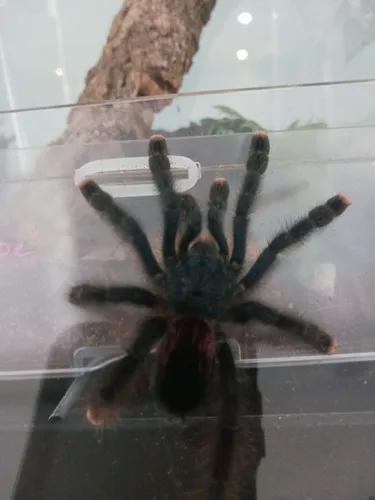
Proper feeding is another crucial aspect of pink tarantula care. Providing the right food in the correct amounts ensures they receive the necessary nutrients to grow and stay healthy. Overfeeding can lead to obesity and health problems, while underfeeding can stunt growth. Understanding the dietary needs of your tarantula is essential for their well-being. A balanced diet, appropriate for their age and size, is the cornerstone of proper care.
Appropriate Food Types
Pink tarantulas are primarily insectivores, meaning they eat insects. Suitable food items include crickets, mealworms, dubia roaches, and other commercially available feeder insects. Variety is essential; avoid feeding them the same insect constantly. The insects should be gut-loaded (fed nutritious food) before being offered to your tarantula. This ensures the tarantula receives essential vitamins and minerals. Avoid feeding wild-caught insects, as they may contain parasites or pesticides that could harm your pet. Always ensure the insects are smaller than the tarantula’s body size for easy consumption and to prevent stress.
Feeding Frequency and Portion Sizes
The feeding frequency depends on the tarantula’s age and size. Spiderlings (young tarantulas) should be fed 2-3 times a week, while adult tarantulas can be fed once every 1-2 weeks. Adjust feeding based on the tarantula’s body condition. If the abdomen appears plump, the tarantula is well-fed. Remove any uneaten food within 24 hours to prevent mold or mites. Provide an appropriate number of insects at each feeding, typically one or two appropriately sized insects per feeding. Overfeeding can cause health problems, so moderation is key. Monitor your tarantula’s abdomen size and adjust the feeding schedule as needed.
Watering and Hydration
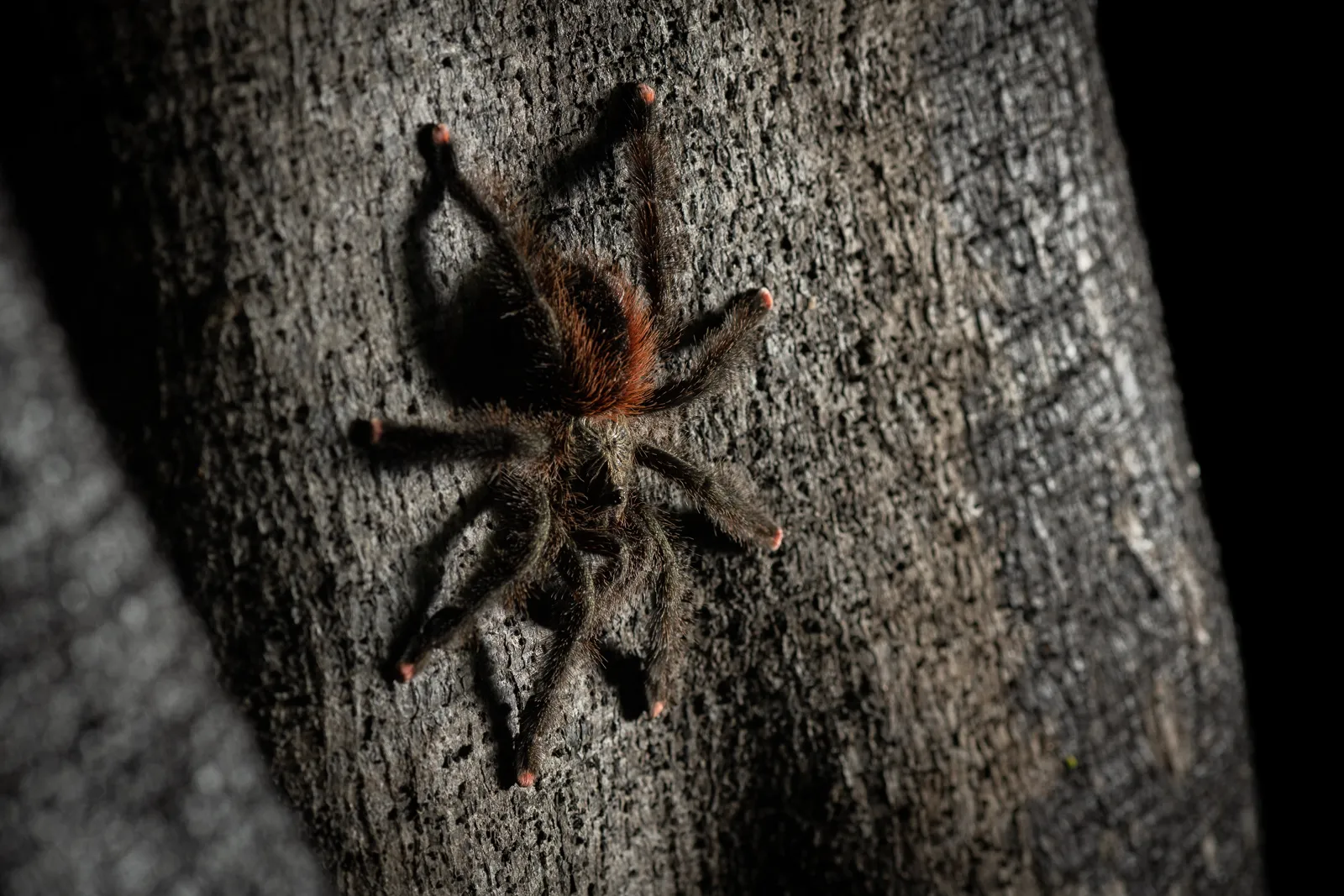
Providing fresh water is critical for a pink tarantula’s survival and health. They need a constant source of water to stay hydrated. The methods for providing water are straightforward but essential for their well-being. Dehydration can lead to serious health issues, so consistent access to water is one of the most important aspects of care.
Water Source Options
There are several ways to provide water for your pink tarantula. The most common method is to use a shallow water dish. The dish should be small enough that the tarantula can easily access it but shallow enough to prevent drowning. Another option is to use a water gel, which provides a source of moisture and reduces the risk of drowning. The water source should be placed in a secure location within the enclosure to prevent it from being knocked over. Ensure the water dish is cleaned and refilled regularly to prevent bacterial growth.
Maintaining Water Quality
It’s essential to maintain clean water for your pink tarantula. Use dechlorinated water to prevent harmful chemicals from entering the enclosure. Replace the water frequently, ideally every 1-2 days, to keep it fresh and prevent bacterial buildup. Regularly clean the water dish with a mild soap and water solution. Rinse thoroughly before refilling. A clean and accessible water source is crucial for your tarantula’s hydration and overall health. Avoid using tap water directly, as it often contains chlorine and other chemicals harmful to tarantulas.
Handling and Interaction
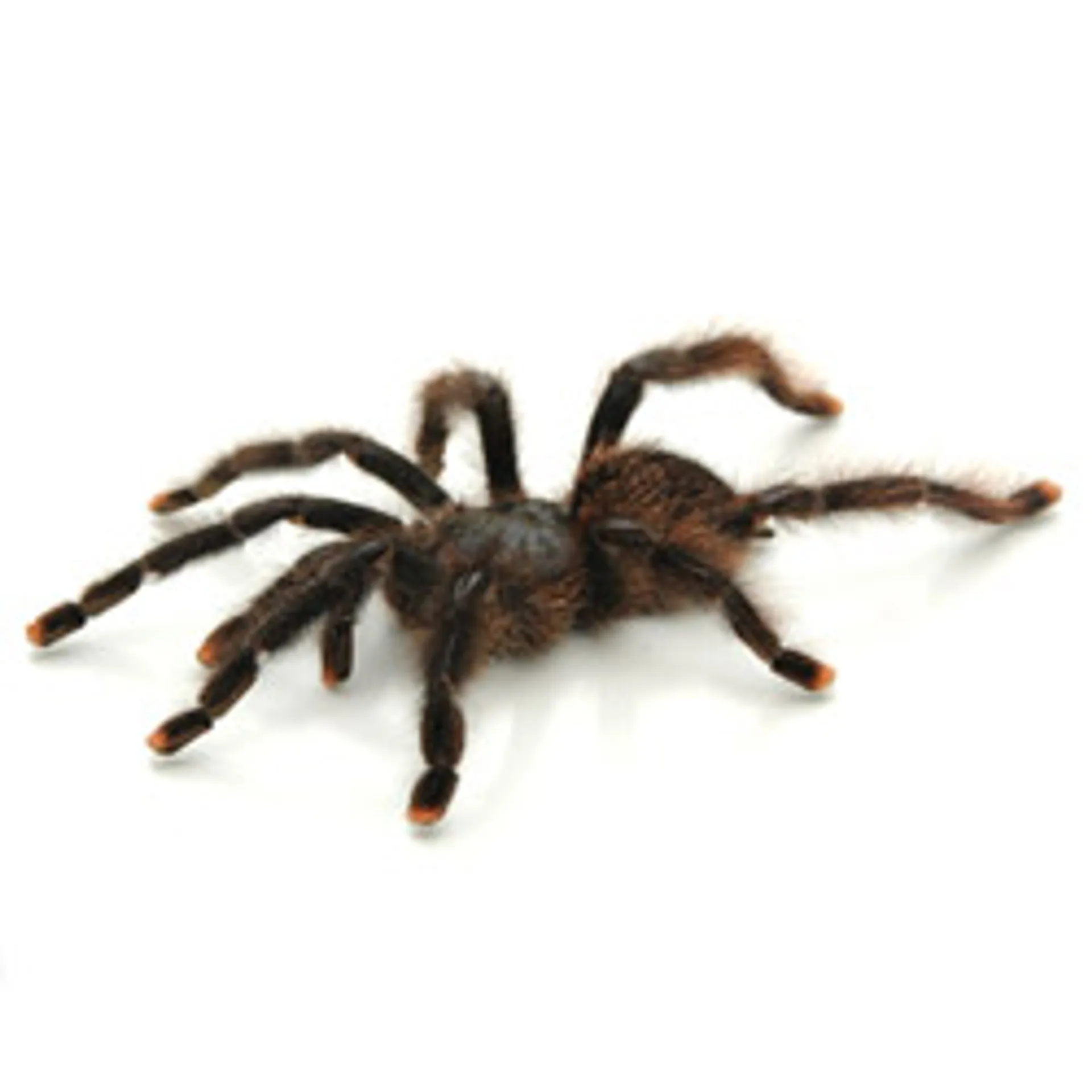
While pink tarantulas are fascinating creatures, they are not typically pets that enjoy being handled. Understanding their natural behavior and approach to interaction can help you to provide a safe and stress-free environment for both you and your tarantula. Handling should be minimized and only done when absolutely necessary, such as for a health check or moving them to a new enclosure.
Safe Handling Techniques
If you must handle your pink tarantula, do so with extreme caution and gentle movements. The best approach is to gently coax the tarantula onto your hand, allowing it to walk onto your palm. Avoid sudden movements or loud noises, as these can startle the tarantula and cause it to react defensively. Always wash your hands thoroughly before and after handling your tarantula. Handle the tarantula over a soft surface, such as a bed or carpet, to minimize the risk of injury if it falls. Remember, handling should be kept to a minimum to reduce stress.
Recognizing and Avoiding Stress
Tarantulas are sensitive creatures and can easily become stressed. Signs of stress include flicking hairs from their abdomen, a defensive posture, or refusing to eat. To minimize stress, avoid handling your tarantula unless necessary. Ensure the enclosure is set up appropriately, with the correct temperature, humidity, and substrate depth. Provide plenty of hiding places to allow the tarantula to feel secure. Avoid exposing the tarantula to sudden movements, loud noises, or bright lights. Observe your tarantula regularly to detect any signs of stress and adjust its care accordingly.
Health and Wellness
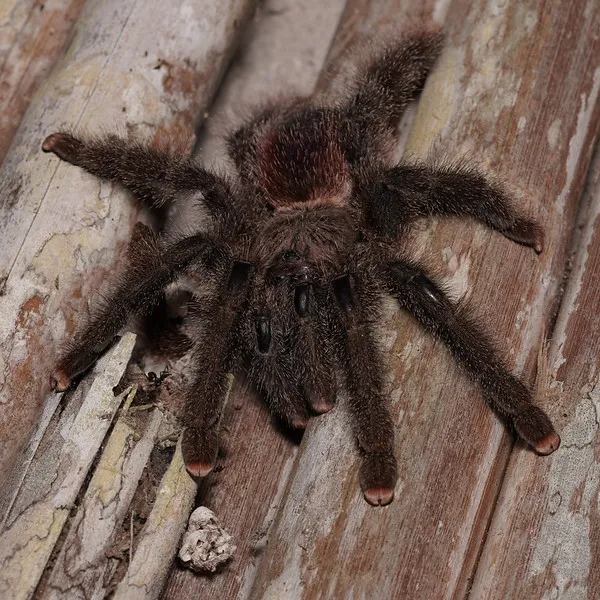
Maintaining the health and wellness of your pink tarantula is essential for its longevity and quality of life. Recognizing potential health issues early and implementing preventative measures can help ensure your tarantula thrives. Regular observation and a proactive approach to health management are key components of responsible pet ownership.
Common Health Issues
Pink tarantulas, like any pet, can be susceptible to certain health issues. Some common problems include mites, fungal infections, and injuries from falls or handling. Mites can infest the tarantula and its enclosure, leading to irritation and health problems. Fungal infections can result from poor hygiene or improper humidity levels. Injuries can occur during handling or if the tarantula falls. Watch for signs of illness, such as lethargy, loss of appetite, or unusual behavior. If you suspect your tarantula is ill, consult with a veterinarian experienced with invertebrates.
Preventative Measures
Preventive care is crucial for keeping your pink tarantula healthy. Maintain a clean and properly set-up enclosure to minimize the risk of disease. Provide a balanced diet and avoid overfeeding. Ensure proper humidity and ventilation to prevent fungal infections. Quarantine new tarantulas before introducing them to your existing collection to prevent the spread of parasites or diseases. Handle your tarantula with care to avoid injuries. Regularly inspect your tarantula for any signs of illness or injury. Consider a routine health check-up with a specialized veterinarian to address any health concerns before they escalate.
Choosing the Right Pink Tarantula
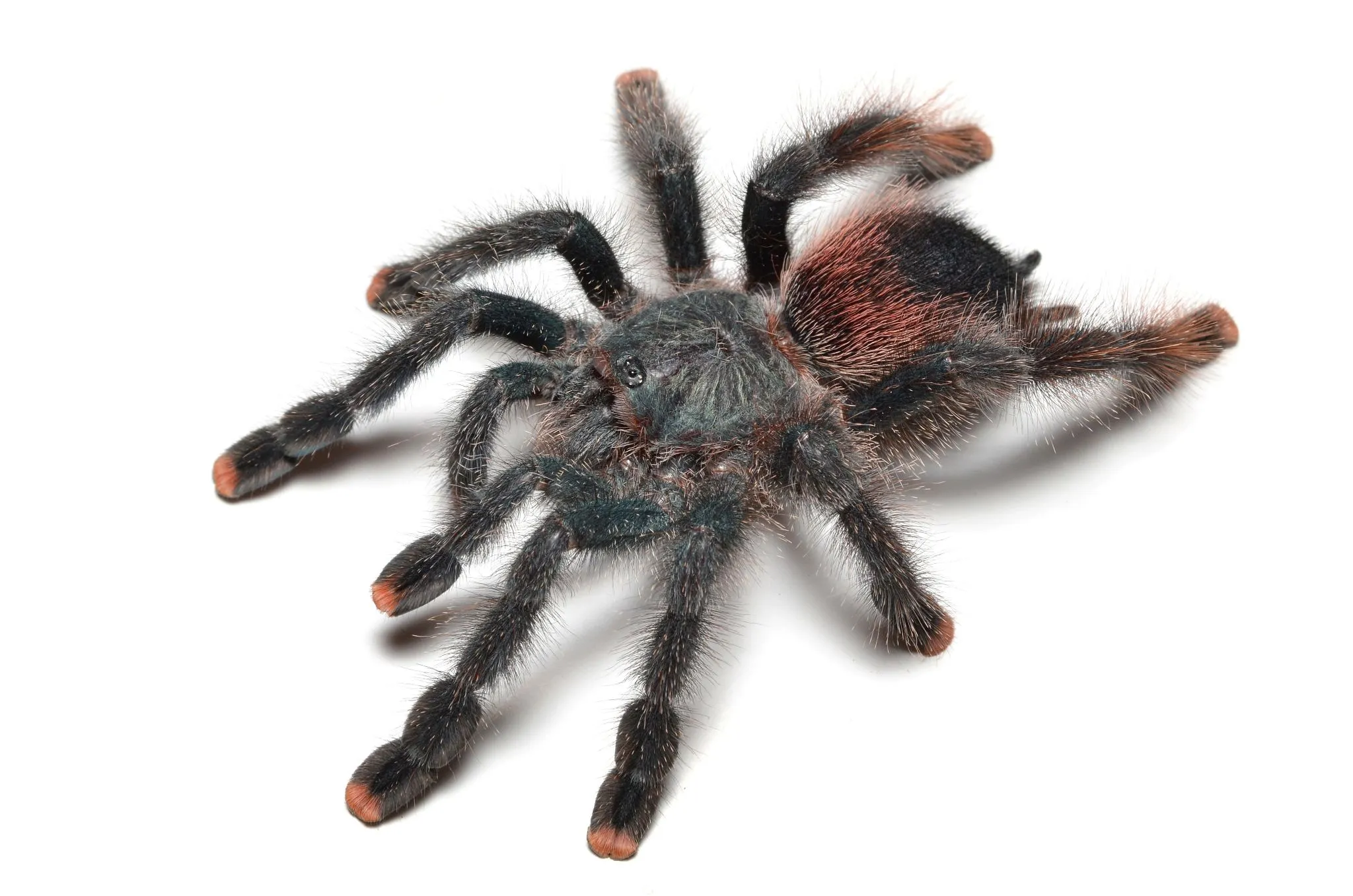
Choosing a pink tarantula involves careful consideration of several factors to ensure you select a healthy and suitable pet. Researching the species, understanding its temperament, and assessing your ability to provide proper care are vital steps in the decision-making process. Make an informed choice and prepare to provide the best possible environment for your new pet.
Species Selection
Not all pink tarantulas are the same. Some species are more docile and easier to care for than others. The Chilean Rose Hair Tarantula (Grammostola rosea) is a popular choice due to its relatively docile temperament and ease of care. Research different species and their specific needs before making a decision. Consider factors such as size, temperament, and care requirements. Choose a species that matches your experience level and lifestyle. Look for a reputable breeder or supplier that can provide healthy specimens and information on proper care.
Temperament and Characteristics
Understanding the temperament of a pink tarantula is essential for responsible pet ownership. While most pink tarantulas are relatively docile, some species may be more prone to defensive behavior. Research the species’ temperament and be aware of potential defensive behaviors, such as flicking urticating hairs or biting. Consider the tarantula’s size and growth rate, as this will impact the size of the enclosure needed. Observe the tarantula’s behavior before purchasing it. Look for signs of a healthy and active spider, such as a good appetite and an alert posture. Choose a tarantula that is a good fit for your experience level.
